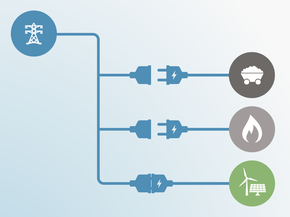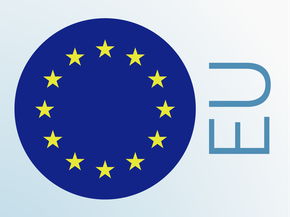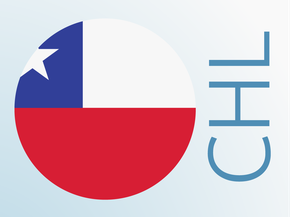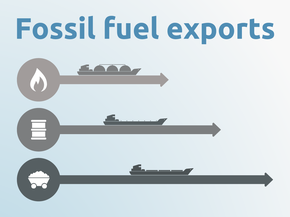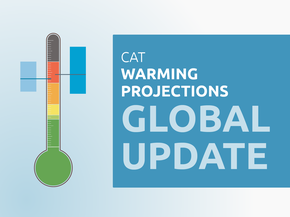Pledges And Targets
Paris Agreement
In September 2016, Morocco ratified the Paris Agreement, and submitted its NDC to the UNFCCC (Government of Morocco 2016b). It aims to unconditionally reduce GHG emissions including land use, land use change and forestry (LULUCF) in 2030 by 17% below business as usual (BAU) projections.
Conditional upon access to new sources of finance, and to additional support compared to that received in the past, Morocco would increase its GHG emissions reductions including LULUCF to 42% below business as usual (BAU) in 2030.
In its NDC submission, Morocco included projections for the BAU emissions trajectory from 2010 to 2030. The BAU emissions projections provided in the NDC are in line with the projections previously provided in Morocco’s INDC (Government of Morocco 2015). BAU emissions projections, however, had been slightly revised downward in the 1st Biennial Update Report and the 3rd National Communication, both of which were submitted in April 2016 (Government of Morocco 2016a, 2016c).
The NDC reports unconditional and conditional target emissions levels, both including and excluding intended emissions reductions from agriculture, forestry and other land use (AFOLU). To recalculate NDC targets only excluding emissions from LULUCF but including agriculture, we subtract projections of LULUCF emissions under the NDC from the NDC targets including LULUCF. We derived these projections by taking the BAU emissions projections for the LULUCF sector provided in the 3rd National Communication and accounting for targeted emissions reductions from the LULUCF sector under the NDC. The absolute GHG emission level excluding LULUCF emissions resulting from the unconditional NDC emission reduction target in 2030 is 142 MtCO2e excluding LULUCF. The conditional target would lead to additional reductions and a lower emissions level of 103 MtCO2e in 2030 excluding LULUCF.
In its NDC submission, Morocco included a detailed list of actions which it expects are necessary to achieve the unconditional and conditional targets. Many of these actions are already anchored in national legislation, for example the target to increase the share of renewable electric capacity to 42% by 2020. It further illustrates in which sectors the conditional target would trigger additional reductions, through a total of 31 measures. The 1st Biennial Update Report and the 3rd National Communication (Government of Morocco 2016a, 2016c) further outline these identified mitigation actions, providing detailed descriptions and respective emissions reduction estimates. To implement these actions, Morocco requires an overall investment of USD $50 billion between 2010 and 2030. Of this, USD $24 billion are expected to come from access to new sources and to additional support, compared to that received over the past years (Government of Morocco 2016b) .

Further analysis
Latest publications
Stay informed
Subscribe to our newsletter
